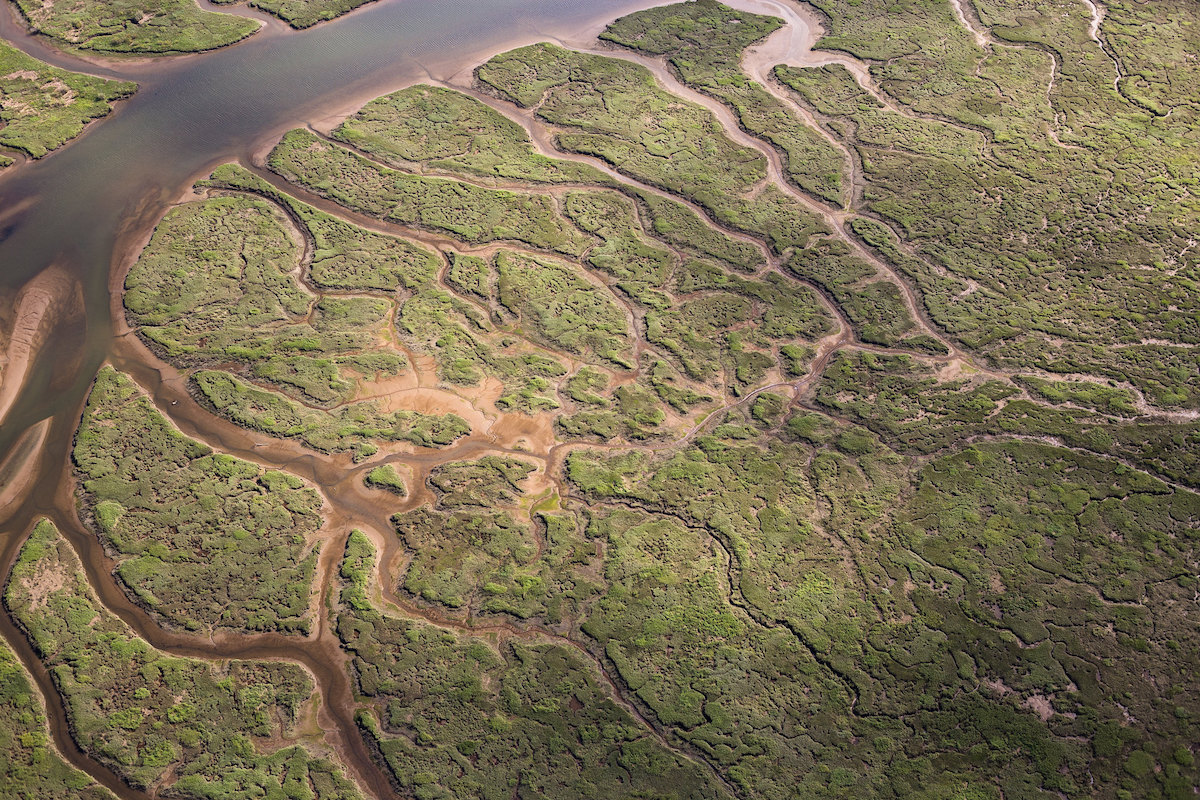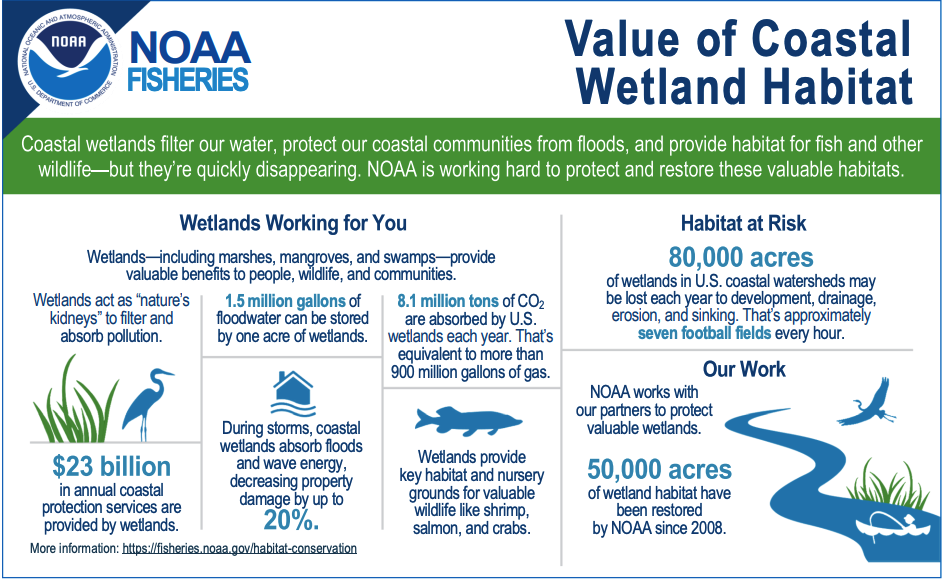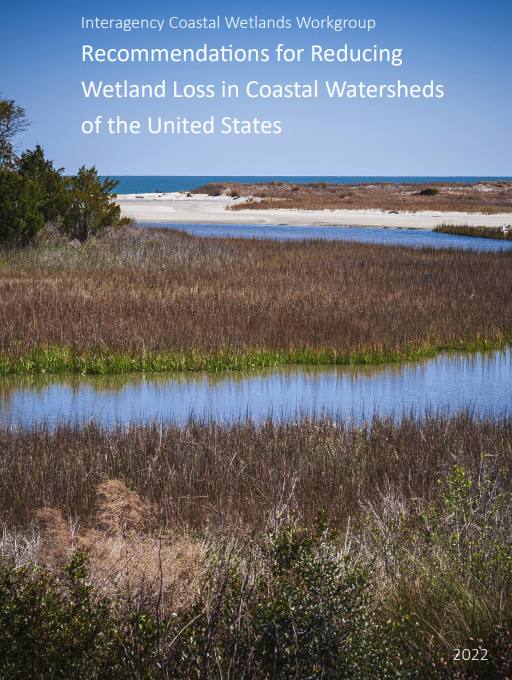
Eric Prado © Creative Commons
Post submitted by Laura Farwell, Pacific Birds Coordinator for Coastal Habitats
Coastal wetlands are among the most productive ecosystems on Earth, providing clean water, increased resilience to climate change, and billions of dollars in recreational and economic benefits annually. They also provide a variety of habitats essential to migratory and resident birds across the globe. In the U.S., 75% of waterfowl and other migratory birds rely on coastal wetlands to breed, rest, refuel and overwinter.
Despite their many values, coastal wetlands continue to be lost to erosion, sea level rise, and human development. The rate of loss is accelerating–watersheds in the contiguous 48 states lost 80,000 acres of coastal wetlands per year from 2004 to 2009, representing a 25% increase in the rate of loss from 1998 to 2004. In California, Oregon and Washington, 85% of pre-European settlement tidal wetlands have disappeared.

In response to concerns about the alarming and accelerating rates of loss, the National Oceanic and Atmospheric Administration (NOAA) and six partner agencies formed the Interagency Coastal Wetlands Workgroup to help identify causes of these losses and develop strategies to address them.
In a new report, Recommendations for Reducing Wetland Loss in Coastal Watersheds of the United States, the Workgroup lays out broad recommendations to stem the tide of coastal wetland loss. The guidance includes four action categories relevant to the Pacific Birds geography. These actions can be taken in partnership with states, tribes, non-governmental organizations, and communities involved in coastal watershed management:
- Increasing the acreage of wetlands restored in coastal watersheds
- Reducing loss of coastal wetlands to development
- Supporting the collection, enhancement, and dissemination of landscape-scale wetland monitoring data
- Conducting targeted outreach and stakeholder engagement
These recommendations are based on an in-depth analysis of coastal wetland loss in different areas of the conterminous U.S., and a series of workshops with local watershed experts to understand major drivers of loss, successful strategies to manage loss, and remaining needs.
Moving Forward
At a national level, the Workgroup has begun to implement some of these recommendations. As one example, NOAA increased its investment in the collaboration between its Coastal Change Analysis Program and the U.S. Fish and Wildlife Service’s National Wetlands Inventory, with the objective of increasing scientific information and resources available to partners and communities managing coastal wetlands.
Stemming the losses of coastal wetlands and promoting functional, resilient wetlands is a high priority at Pacific Birds, not only for critical bird habitat but for people and coastal communities. It is one of our three conservation priorities based on population trends of coastal wetland-dependent species and threats to their habitats.
Pacific Birds is currently developing a 10-year plan for coastal wetland birds and habitats from Alaska to California. Our efforts align with the report’s national recommendations, and we work closely with partners to connect broad recommendations with local conservation strategies and actions.
In particular, Pacific Birds will continue to support JV partner efforts to increase the number of coastal acres conserved or elevate the conservation status of lands. This might include acreage acquired, restored or enhanced for habitat and social/cultural values, such as with the Samoa Dunes project in Humboldt Bay, or the long-term protection of habitat for Rock Sandpipers and other species on Alaska’s Kenai Peninsula. We also recognize and support efforts that help set the stage for implementing on-the-ground actions, such as strategic planning, outreach, and coordination.
From the national Workgroup to Pacific Birds regional partners, there are multi-scaled efforts underway to stem coastal wetland losses. In the same cooperative spirit that led to the establishment of Joint Ventures more than thirty years ago, we know it will take a cumulative effort of many partners working from the flyway-scale to the local-scale to help slow habitat losses and conserve the many species– including humans–that rely on healthy coastal ecosystems.

